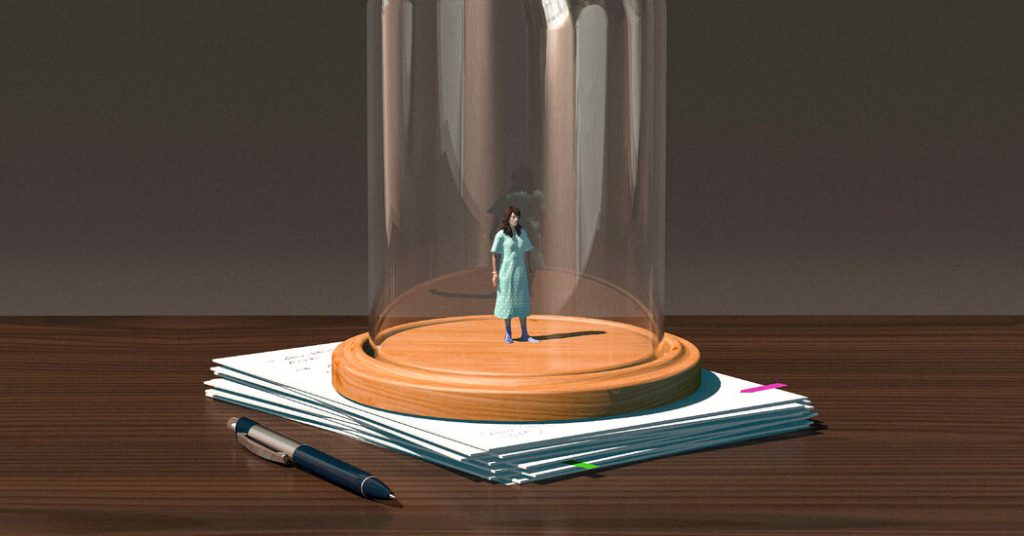
Who Is the Bad Art Friend?

Like Dawn Dorland, Sonya Larson understands life as an outsider. The daughter of a Chinese American mother and white father, she was brought up in a predominantly white, middle-class enclave in Minnesota, where being mixed-race sometimes confused her. “It took me a while to realize the things I was teased about were intertwined with my race,” she told me over the phone from Somerville, where she lived with her husband and baby daughter. Her dark hair, her slight build: In a short story called “Gabe Dove,” which was picked for the 2017 edition of Best American Short Stories, Larson’s protagonist is a second-generation Asian American woman named Chuntao, who is used to men putting their fingers around her wrist and remarking on how narrow it is, almost as if she were a toy, a doll, a plaything.
Larson’s path toward writing was more conventional than Dorland’s. She started earlier, after her first creative-writing class at the University of Wisconsin-Madison. When she graduated, in 2005, she moved to Boston and walked into GrubStreet to volunteer the next day. Right away, she became one of a handful of people who kept the place running. In her fiction, Larson began exploring the sensitive subject matter that had always fascinated her: racial dynamics, and people caught between cultures. In time, she moved beyond mere political commentary to revel in her characters’ flaws — like a more socially responsible Philip Roth, though every bit as happy to be profane and fun and provocative. Even as she allows readers to be one step ahead of her characters, to see how they’re going astray, her writing luxuriates in the seductive power that comes from living an unmoored life. “He described thick winding streams and lush mountain gorges,” the rudderless Chuntao narrates in “Gabe Dove,” “obviously thinking I’d enjoy this window into my ancestral country, but in truth, I wanted to slap him.”
Chuntao, or a character with that name, turns up in many of Larson’s stories, as a sort of a motif — a little different each time Larson deploys her. She appears again in “The Kindest,” the story that Larson had been reading from at the Trident bookstore in 2016. Here, Chuntao is married, with an alcohol problem. A car crash precipitates the need for a new organ, and her whole family is hoping the donation will serve as a wake-up call, a chance for Chuntao to redeem herself. That’s when the donor materializes. White, wealthy and entitled, the woman who gave Chuntao her kidney is not exactly an uncomplicated altruist: She is a stranger to her own impulses, unaware of how what she considers a selfless act also contains elements of intense, unbridled narcissism.
In early drafts of the story, the donor character’s name was Dawn. In later drafts, Larson ended up changing the name to Rose. While Dorland no doubt was an inspiration, Larson argues that in its finished form, her story moved far beyond anything Dorland herself had ever said or done. But in every iteration of “The Kindest,” the donor says she wants to meet Chuntao to celebrate, to commune — only she really wants something more, something ineffable, like acknowledgment, or gratitude, or recognition, or love.
Still, they’re not so different, Rose and Chuntao. “I think they both confuse love with worship,” Larson told me. “And they both see love as something they have to go get; it doesn’t already exist inside of them.” All through “The Kindest,” love or validation operates almost like a commodity — a precious elixir that heals all pain. “The thing about the dying,” Chuntao narrates toward the end, “is they command the deepest respect, respect like an underground river resonant with primordial sounds, the kind of respect that people steal from one another.”
